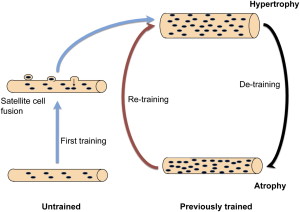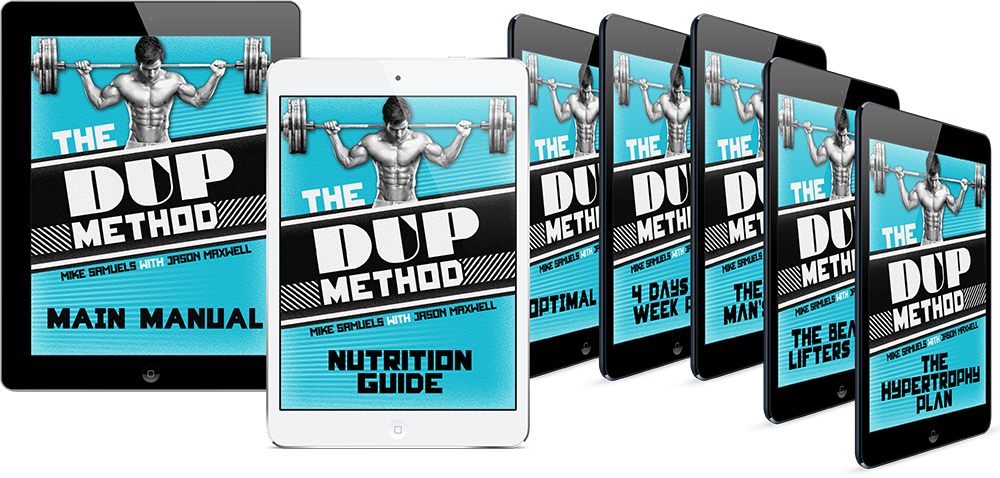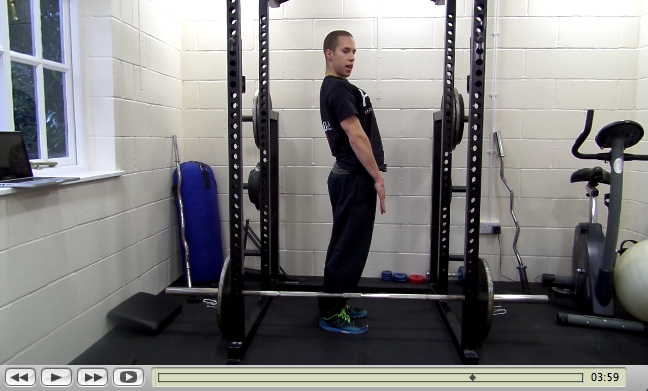The only serious weightlifting injury I’ve ever had happened back in 1996. I had been experimenting with heavy weighted dips (doing this exercise with over 100 lb. attached to a belt). It was great for my ego, but I think it is largely to blame for wearing out all the cartilage in my AC joint (where your clavicle meets the shoulder). My doctors told me it was a pretty common injury among those who lift weights. My only option (other than live in pain) was to surgically remove the bone spur that had developed.
This meant I’d have to lay off the weight training for six weeks or so. I still remember returning to the gym for the first time after the layoff. I was wearing one of my favorite sleeveless workout shirts. Looking in the mirror was depressing–my arms looked like pipe cleaners to me. Needless to say, I probably didn’t look nearly as bad as I thought. Regardless, my arms had clearly lost some of their size.
Fortunately my size and strength returned very quickly. I actually broke some personal strength records within the next year or two.
I’m using this little story to illustrate a concept that is a bodybuilder or strength athlete’s best friend: muscle memory.
Technically this term (as most commonly used) has little to do with strength and size. Muscle memory refers to things your body “remembers” to do after multiple repetitions. My fingers, for example, are effortlessly typing this article without my brain thinking about each individual keystroke.
But many in the iron game have used this term to refer to what I experienced after my injury: gains in strength and size usually come back much more quickly than it originally took to earn them. We’ve kind of adopted “muscle memory” as a term to explain this phenomenon.
 I have since learned how this works. It has to do with satellite cells and their role in hypertrophy (muscle growth). Satellite cells are located on the outside of muscle fibers and normally lay dormant. But when a muscle is stressed/damaged through resistance training, they go to work. These cells multiply and go to the site of the damage (keep in mind we are talking about damage at the microscopic level).
I have since learned how this works. It has to do with satellite cells and their role in hypertrophy (muscle growth). Satellite cells are located on the outside of muscle fibers and normally lay dormant. But when a muscle is stressed/damaged through resistance training, they go to work. These cells multiply and go to the site of the damage (keep in mind we are talking about damage at the microscopic level).
Here’s where it gets really interesting: satellite cells “donate” their nuclei to the muscle cells, which its one of the factors that cause it to increase in size. Trained muscle cells have more nuclei than untrained muscles, and this change remains even after one stops training. The change, in fact, may be permanent.1
Formerly trained muscles, therefore, are already primed to grow back to their previous levels of size and strength–the additional nuclei are already there in the muscle cells, “waiting” to do their thing.
Muscle memory is real. This is good to know if you need to take some time of due to injury, illness, or any other reason.
Reference:
1. J Exp Biol. 2016 Jan;219(Pt 2):235-42. doi: 10.1242/jeb.124495. Muscle memory and a new cellular model for muscle atrophy and hypertrophy.

